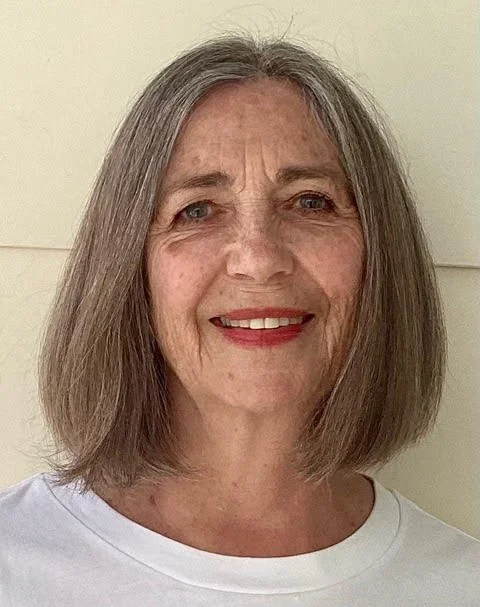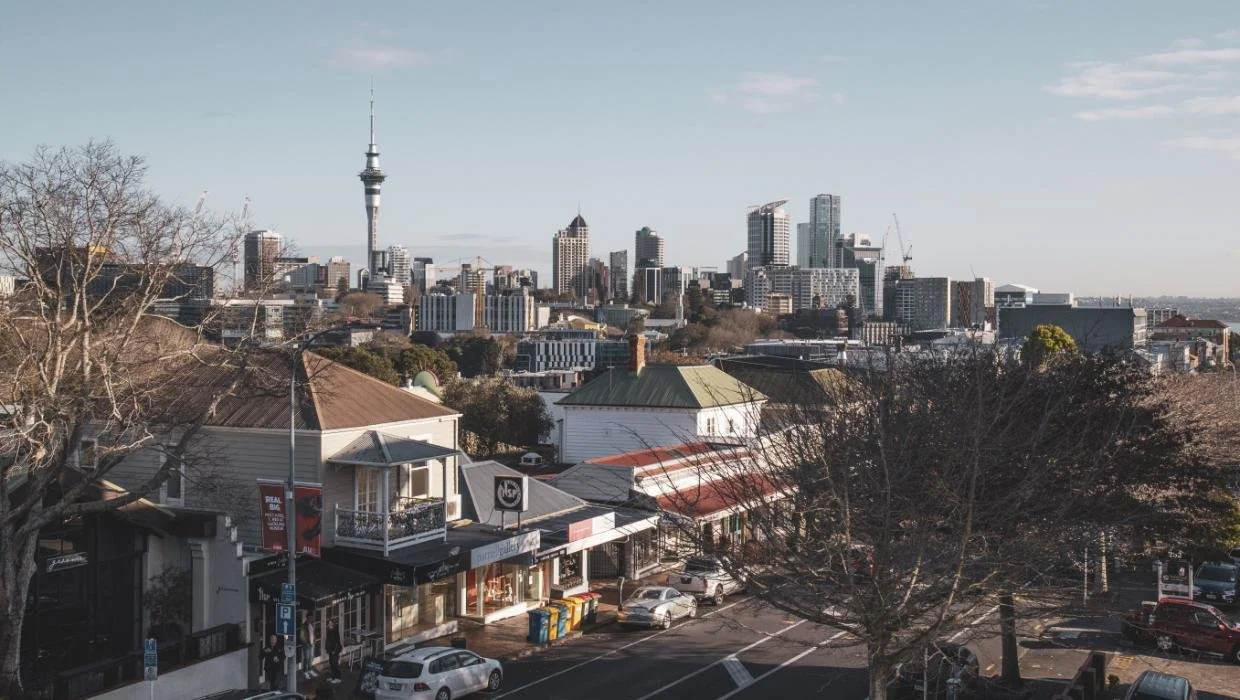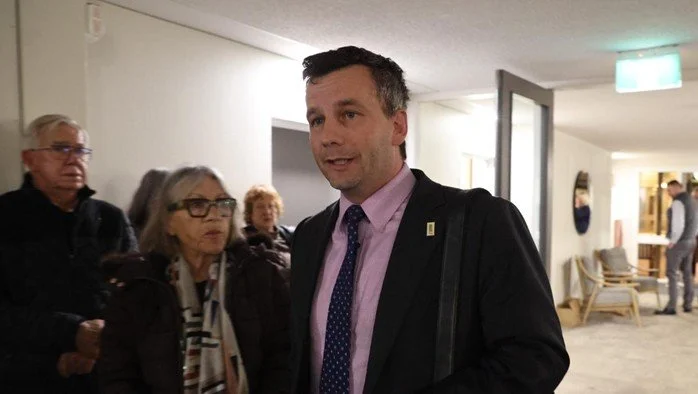
More zoned land won’t solve housing woes.Do we even want more people in Auckland? Being bigger is different from creating a better city.
Comment: The Government is forcing Auckland Council to zone land for another two million dwellings. This is a target that neither planners nor politicians can justify and yet we’re ignoring the real drivers of unaffordability and the qualities that make our city worth living in.
Let’s be clear – the two million dwelling figure comes from Resource Management Act Reform Minister Chris Bishop. He has forced Auckland Council to produce a plan that enables this number of houses. The Council and its planners have acknowledged this. They say quite frankly that the draft plan is not the one they would have written for Auckland.
This result of this top-down target of two million more homes will be to allow intensification in most of Auckland’s suburbs and character areas. This will have a major impact on those living there, and in many areas will destroy their amenity, without improving either housing availability or affordability.
Bishop’s plan for Auckland is based on a myth that zoning more land for intensification automatically lowers prices.
The Auckland Unitary Plan added 900,000 zoned properties in 2016 (enough for over 30 years at current build rates). Yet median prices in Auckland increased by 40% between 2016 and 2021. They went from $820,000 to $1.148 million, a $328,000 jump in five years.
This clearly shows that flooding the market with zoned land when there is already an oversupply will not improve housing availability or affordability.
Targeting two million extra homes will drive bulldozers through our suburbs without tackling the real causes of unaffordable housing – wages, land-banking, material costs, and not enough help for first-home buyers. They also expose a policy paradox: central government insists on unrealistic capacity targets, while the real bottlenecks lie elsewhere.
It’s time to shift the dial from “how many houses do we zone for” to “how do people afford them?” If we are going to makes homes affordable, we need to face up to the real causes of our housing unaffordability.
This unaffordability stems from: low wage growth that can’t keep pace with housing costs; land-banking by developers and speculators keeping zoned land lying idle; high building material costs; a failure to keep building Kāinga Ora homes; and the lack of targeted financial support for first-home buyers.
We need to fix these problems, not zone for millions of extra dwellings. Our problems are economic, not planning, ones.
Rather than focussing on the planning system, and zoning endlessly, we should aim for policies that will actually move the needle: let’s increase real incomes by reversing public-sector cuts and improving wages, tax or rate undeveloped zoned land to discourage land-banking, bring down material costs, re-instate Kāinga Ora’s build programme on existing vacant sites, and redirect a greater share of the $2.104 billion accommodation supplement into low-interest, long-term home-buyer loans.
These measures target the affordability lifelines—such as income support and lower borrowing costs—rather than just the land pipeline.
Chris Bishop claims that zoning more land and creating more intensification will drive prices down. But look at Sydney, Melbourne and London: intensification without wage growth or public housing delivers the same sky-high rents and mortgages. More homes can mean lower costs—but that’s true only when new supply matches the market’s real constraints, not when land lies idle while fundamentals stay broken.
Auckland’s housing crisis won’t be solved by arbitrary dwelling targets or relentless densification of every suburb. The new plan will mean even historic Devonport will be forced to drop 257 properties out of its Special Character Area.
In Mt Eden and Kingsland, small pockets of character housing that have been carefully preserved and improved by their owners over many years will be needlessly destroyed by the intrusion of multi-storey apartment blocks, while development sites that have lain idle for years remain vacant.

Supercity intensification plan gets a temporary reprieve. Jonathan Killick, The Post, September 16, 2025
Image Sally Hughes
Auckland’s councillors have been given something of a concession by RMA Reform Minister Chris Bishop over sweeping new plans for intensification.
It follows a legislated requirement for Auckland Council to come up with a zoning plan for 2 million additional homes in the supercity by October 10 - an issue which has prompted tense debates amid the local election about where and how to add to the city’s housing stock over the next 30 years.
While the council is still required to notify the public of its proposed plan change by deadline, Bishop gave his assurances on Tuesday that the council would be given the time to allow the public to have its say.
In a letter to Mayor Wayne Brown and councillor Richard Hills, Bishop said he was looking at setting an 18-month timeframe for the process.
….
For some the concession has not gone far enough - Sally Hughes of the Character Coalition said the question remained: “Why do we need that level of intensification all at once?”. “We don’t need the potential for 2 million properties all at once.”
Hughes argued for “staged intensification”.
“There’s a whole derelict shopping centre down the bottom end of Dominion Road [in Mt Roskill] … that could be great apartment buildings with commercial properties underneath.
“If the community had felt that it had had a say about where the intensification went, there wouldn't have been all these angry meetings and all this upset.”
Hughes said the decision to appoint panels and hold hearings was a win for “people power”, with suburban residents having made it “patently obvious how unhappy they were” with Bishop.
“But it hasn’t won completely,” she added.
“In suburbs with a lot of villas and family homes there will still be the potential for that pepper potting and high rise buildings just plonked in the middle of a suburban street where people have lived for many years.”
“That is still possible with the amount of intensification that the Government is requiring all at once.”
Councillors will vote on notifying the proposed plan on September 24.

Auckland councillors powerless to block zoning for two million new homes at crucial meeting. David Long, Stuff, September 16, 2025
Parnell is one of the suburbs targeted for intensification under Auckland Council's replacement plan change. Photo David White, Stuff Sept 2025
fast facts
Auckland councillors have no legal way to stop zoning for two million new dwellings next week.
A vote will take place at the policy and planning meeting on September 24.
Changes can be made through a submission process, but the requirement for two million new dwellings will remain.
Auckland must make room for two million more homes - whether city councillors like it or not.
They will get a vote, but it won’t be to reject the Government’s requirement for introducing zoning for the extra dwellings.
Their only choices will be to back one of two options for achieving the significant intensification - or to not vote at all.
On September 24, members of the policy and planning committee will vote whether to press ahead with Plan Change 78 (PC78), rules that allow three-storey buildings across most of the city, including in flood-prone areas.
Alternatively they can support a replacement set of rules allowing 10- and 15-storey blocks of apartments in selected areas, often those with good public transport.
The latter has proved contentious in recent weeks, with public meetings in suburbs like Mt Eden, Parnell and Remuera well-attended by residents concerned about towers springing up next to their house.
But PC78 is also unpopular.
The options are designed to meet the Government requirement for increased housing capacity in New Zealand’s biggest city. It’s being spearheaded by Housing Minister Chris Bishop.
Bishop confirmed to Stuff that the law states the council has to inform him which option they want by October 10.

Not scaremongering ‒ just listening: David Seymour defends fight for suburb’s character. David Long, Stuff, 13 Sept 2025
Photo: Ricky Wilson, Stuff, 13 September 2025
David Seymour has pushed back at claims that opposition to 15-storey apartments in Parnell and other parts of Auckland is scaremongering, saying he is responding directly to the concerns of his Epsom constituents.
The council votes on September 24 on whether to press ahead with replacing Plan Change 78, which could rezone large swaths of Auckland for apartments up to 50 metres high.
Critics, including the left-leaning City Vision council group, say politicians are whipping up fear about intensification by saying that millions more people will flock to the city, overwhelming the current infrastructure.
“Unfortunately, there has been a lot of inaccurate information being shared, which is undermining this important public conversation,” Albert-Eden Puketāpapa councillor Julie Fairey said.
“At a residents’ meeting in Mt Albert, a constituent asked me when council would be taking her house.
Over the past week, Seymour has held meetings in his Epsom constituency to talk to concerned residents. In Parnell, one of Auckland’s oldest suburbs, the plan would allow blocks of up to 15 storeys. Seymour says the proposal would fundamentally alter the character of the area and stretch infrastructure already under strain.
“My job as a local MP is to make sure people understand what is happening, what the process for making decisions is, and who makes the decisions, so that people can be heard and advocate for their interests.”